Cleaning up the Garden Fall Checklist
If you are looking for an easier way for cleaning up the garden, I hope today I have a checklist that will help. I find that having a checklist helps to make a big job much easier to do. An important part on how to start a backyard garden is being sure you reset your summer growing area back to start before winter hits. This will allow the soil to replenish and heal before spring arrives giving you the healthiest soil to grow in.
Although not one of my favorite chores, cleaning up the garden and preparing it for winter is one that needs to be done. I have skipped this chore before only to have a horrible mess to deal with in the spring.
Tip: Don’t skip this chore. 🙂
By taking time in the fall to remove your old plants, doctor your soil, and prepare your beds for the long winter sleep, you will not only set yourself up with a healthy garden come spring but you will give your soil a much-needed chance to rest and replenish.
This is especially important if you had issues this past summer. Things like infestations from any pests, fungus, or diseases.
By cleaning things out and removing all the infected plants all the way to the roots, you will help your garden soil heal before you are ready to plant again. Remember healthy soil is the key to a beautiful and abundant garden.
READ: PREPPING YOUR SOIL FOR A HEALTHIER GARDEN
Here’s the thing, if you do not do a good job cleaning out your summer garden or if you choose to skip this step altogether you will not only have the same problems next growing season but you may find yourself in a disastrous growing situation.
Cucumber Beetles were one headache I had to deal with during one particularly tough gardening year. These wonderful visitors (said no one ever) decided to invade my garden along with another 10,000 aunts, uncles, and cousins.
If you ever have pests visit your garden and you don’t want the same visitors next season, you will need to pull out any infected plants, dispose of them in an area that no where near your compost pile, or burn the plants altogether.
That same year we had another visitor sneak in without my knowing and systematically destroy every pumpkin and squash plant in my garden. These horrible little creatures are called Squash Vine Borers and they can kill your vine plants quickly.
They sneak in and by the time you realize there is a problem, the damage has been done. If you have any pests at all in your garden there is just one thing you can do to stop next season’s invasion.
Be thorough when you are cleaning out your plants in the fall.
- Get rid of every root no matter how small.
- Gather up all plant debris into a single pile.
- Take all that debris and either dump as far away from your garden as you can or burn them.
- You will then need to rototill up your soil to pull any pest’s eggs up to the surface. This will allow the birds (or chickens if you have them) to eat and hopefully destroy as many eggs as possible.
What can you do to keep garden pests from returning year after year?
There are a few things you can do to stop garden pests even if you have had an outbreak.
Tip #1. Remove any Infected Plants
As I mentioned above you want to be thorough with this step. Be sure to get the entire infected plant, all the way down to the roots, out of your garden. You can also include the soil near the base of the plant just in case there are eggs or pests nearby.
Tip #2. Compost Therapy
Help to encourage healthy soil by adding organic compost. This will encourage a healthier support system for stronger growing plants.
Tip #3. Encourage Beneficial Microorganisms
You can do this by adding probiotics to help improve the health of your soil.
Tip #4. Take Notes
This might be the most important part of healing an unhealthy garden. Take thorough notes so you remember what your issues were, what steps you took to improve things, and what if any of those steps helped.
If you have not set up one yet, start building a gardening journal. You can do this in a spiral notebook or purchase a downloadable option that you can start using right away.
Get our Gardening Planner/Journal for almost ½ off!
Tip #5. Bring in Extra Help
I like to go one step further and allow my chickens in to help clean out the garden in the fall for this very reason. Chickens love bugs and will work all day long scratching up eggs and pests keeping things under control.
Once the diseased plants are all removed you can use a shovel to turn some of the soil over encouraging your flock to start working through it.
SLCG PRO TIP: It is incredibly important to keep notes from each gardening season. You can do this in a notebook using tabs to separate the year out, or you can purchase a planner specifically meant to help keep notes and records more organized. You can check out our Garden Planner HERE.
Fall Cleaning up your Garden Checklist
As with all big jobs, if you break things down into small steps it is much easier to tackle. Steps will also make sure you do not forget anything and you can check this chore off your to-do list for the year.
Step #1 Remove Any Old Growth & Vegetable Plants
When cleaning up your garden, it is important that you make sure you remove everything.
This includes any rotted produce, plants, roots, leaves, mulch, and yes any remaining weeds. It is important to be thorough to make sure you keep any recurring diseases and pests to a minimum.
I am learning to be more vigilant myself with this step. Especially after my summer-long battle with pests during that one memorable year I spoke of earlier. Pick and pull everything out, dig down to get all the roots, and rake things up to help uncover anything you may have missed. Get it all now so you can allow your soil a healthy rest before spring.
Step #2 Know What You Can Leave
If you mulch with newspaper you can certainly leave any leftover pieces behind. Over the winter those stray pieces of paper will compost down and actually help your soil. If you are worried about toxic inks you can contact your local paper to ask what base they use for their ink. Most use a soy-based ink that is fine for gardens but it is best to ask just to be sure.
If, however as I mentioned above, you had any instances of disease or pests I would not leave any mulch at all.
Step #3 Call in Reinforcements
This is not only a favorite tip of mine but one my chickens love as well!
I like to allow my chickens access to my garden for as long as possible. This is one of the reasons why I chose to house them so close to my garden. Chickens love bugs, eggs, and most pests, and are natural garden rototillers making their way around the entire area eating and scratching as they go.
This really does help keep things under control however it is important to know that your chickens will not be able to eradicate a severe problem. To help with a bad infestation, I would suggest rototilling your garden up a few times during the fall season to pull any eggs up to the surface so it is easier for your chickens to find them.
I usually allow my chickens access to our garden throughout the fall and winter going into the spring. This really helps to get things cleaned up but also allows them to do a little natural fertilizing along the way. Chick manure is a great compost to add to your garden.
SLCG PRO TIP: Although manure is a great additive to your garden, you should never add fresh manure around your plants. This can burn your plants doing more harm than good. If your garden is already planted, it is best to compost fresh manure down before adding it to the base of your plants.
Another tip is to purchase a good fence so you can keep your chickens exactly where you want them. I prefer to use poultry netting for my chickens and find it to be the easiest way to free-range them without risking the health of my other plants. Since the holes of this chicken fencing are pretty small it keeps the chickens in with no incident of escape. I don’t even have to electrify it.
I simply shape my fence netting making a shoot from the chicken run directly into my garden. This allows me to quite effectively direct my chickens and ducks exactly where I need them. Once an area is picked over by my hens, I simply relocate the entire flock using the fence.
Step #5 Properly Dispose of Your Plants
If you had any incidents of disease or pest invasions this growing season, it is important to dispose of your plants properly. This means keeping all trimmings, old produce, and roots out of your compost bin.
This one crucial step will eliminate the risk of those plants, any airborne seeds, or dirt coming back into your garden come spring.
To do this, find an area where you can safely put your garden plants until you are able to burn them later. If you do not have an option on your own property you can contact your local county extension office for advice. Most extension offices have access to master gardeners that can be a valuable resource.
Note: Follow your area’s rules for burning and of course please follow all safety and use caution. If you are not sure what they are contact your county extension office.
We have a dump area in the back of our property where we put our diseased plants, diseased produce, and diseased mulch. This way we know for sure everything is well away from our garden and compost area.
Step #6 Remove All Stakes and Cages.
When cleaning up a garden, don’t forget to remove your supports such as tomato stakes and tomato cages. Give them a good cleaning with soap and water. Allow the sun to dry them thoroughly as it is a good and natural disinfectant. Once dry you can store them in an out-of-the-way area. If you had a disease in your tomato plants and use cages as supports, you may also want to do a light bleach spray, rinse and let them dry in the sun before storage.
Step #7 Leave Your Winter Plants
Clear all plants out of your garden, except for things you may be overwintering such as spinach, asparagus, scallions, or garlic. If you live in a cold winter climate, you will want to put a nice layer of straw or other mulch such as leaves or grass clippings to keep plants better protected.
Be sure to put a bit of weight over the straw to keep it from blowing away. I like to use a scrap piece of fencing. It is heavy enough to hold the straw covering in place yet will allow the sun and snow to nourish the soil.
Step #8 Turn Your Soil
Take a shovel and do a quick turnover of your soil using the tip of your shovel to break up any large chunks of ground. This will help your soil to breathe and also bring any roots to the surface that you may have missed.
Remove any remaining scraps of roots or rocks as you go along.
Step #10 Feed Your Soil
SLCG PRO TIP: Before adding anything to your soil do a PH test first. Knowing exactly where your soil is now will better help you determine what needs to be corrected for a better growing foundation later on.
If you have a compost pile, you can add a healthy dose to your garden. Work the compost in with a shovel or a rototiller and rake. This is a great tip if you live in an area where the soil is less than optimal. Each fall, add another dose of compost and each year take another step closer to rich healthy soil.
Fall is also a good time to add a layer of mulch. Mulch is a covering of organic materials such as grass (free of weeds) clippings, dried healthy leaves, wood ash, wood chips, or straw.
READ: HOW TO USE WOOD ASH ON THE HOMESTEAD
Adding mulch in the fall will go a long way to boosting your garden’s nutrition preparing it for a healthier growing season.
Cleaning up your garden for the winter may seem like just a tedious chore, but it is so much more than that. It is an investment in the future of your backyard vegetable garden.
Take the time now to remove the old plants, turn your soil over to allow it to breathe, and deter pests and disease by adding organic mulch and you will have a much healthier start come spring.
Now that you have a checklist for cleaning up the garden you are one step closer to a vegetable garden that will feed you and your family for years to come!

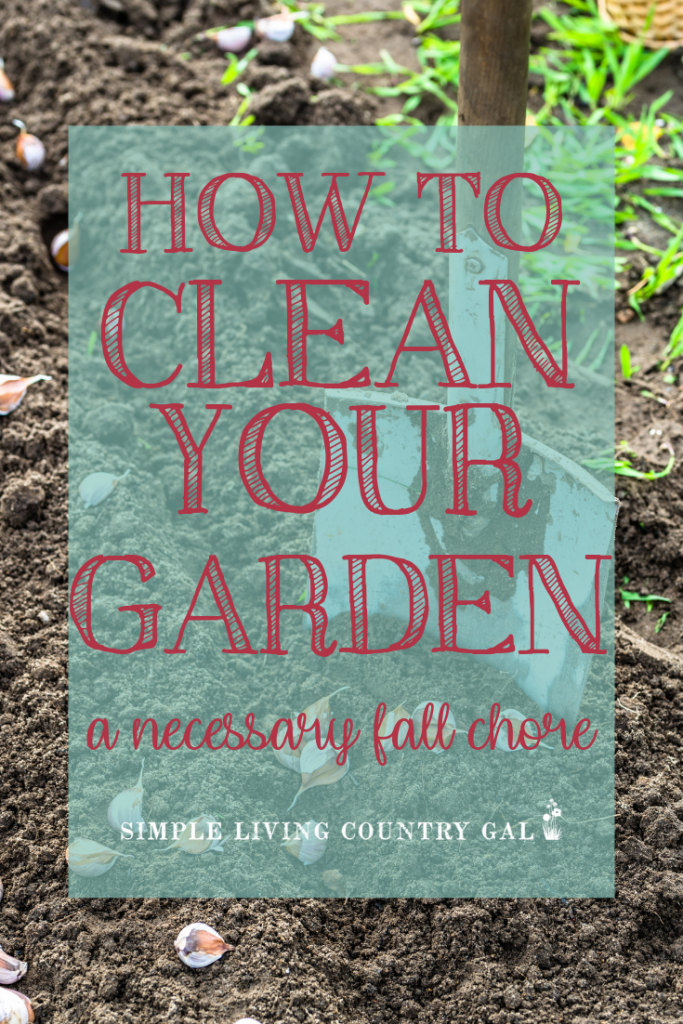
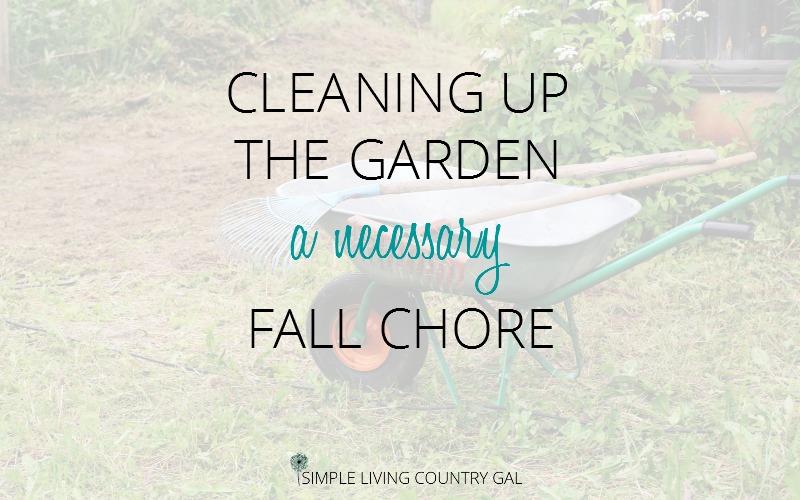
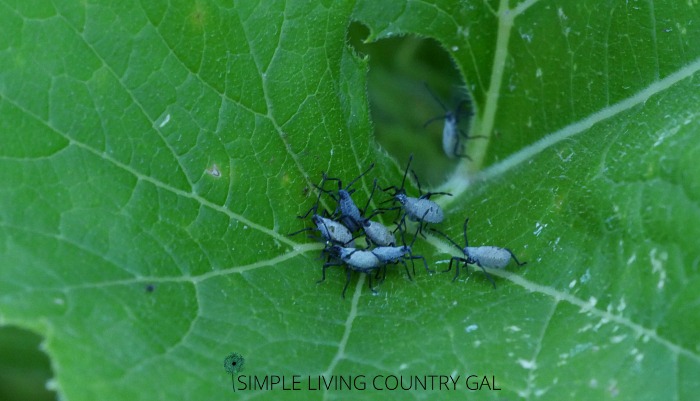
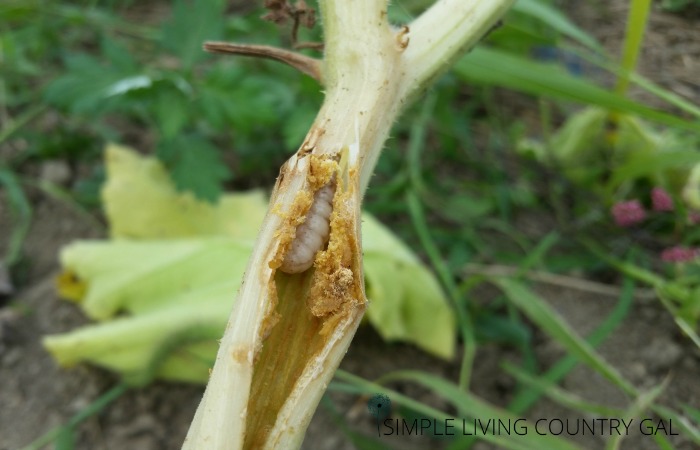
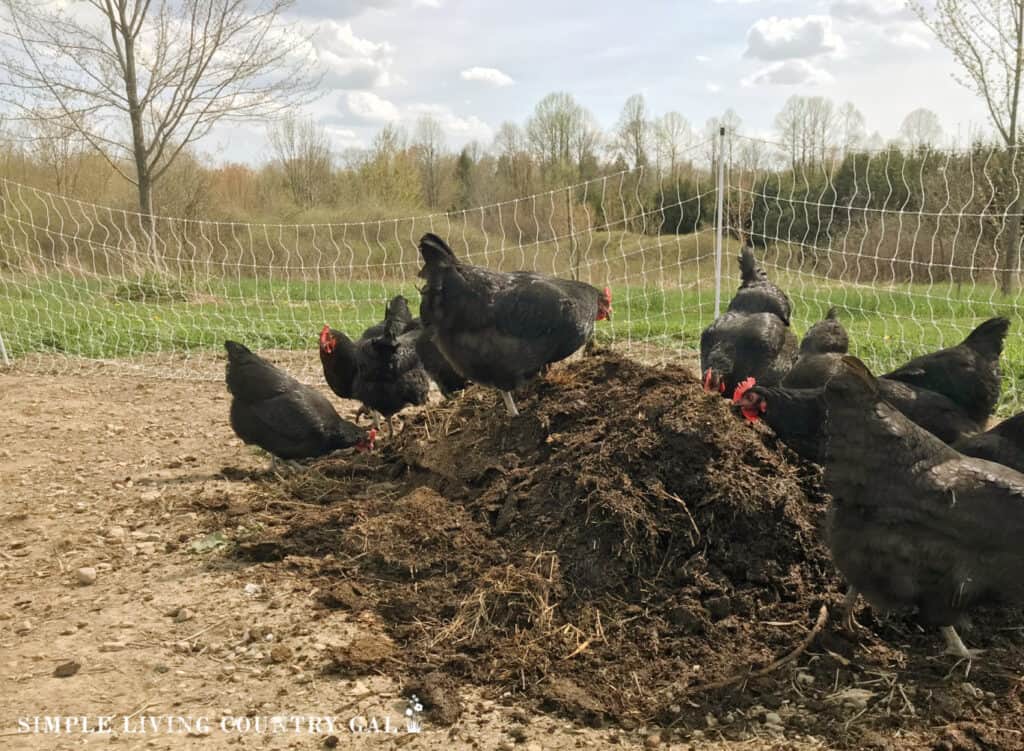
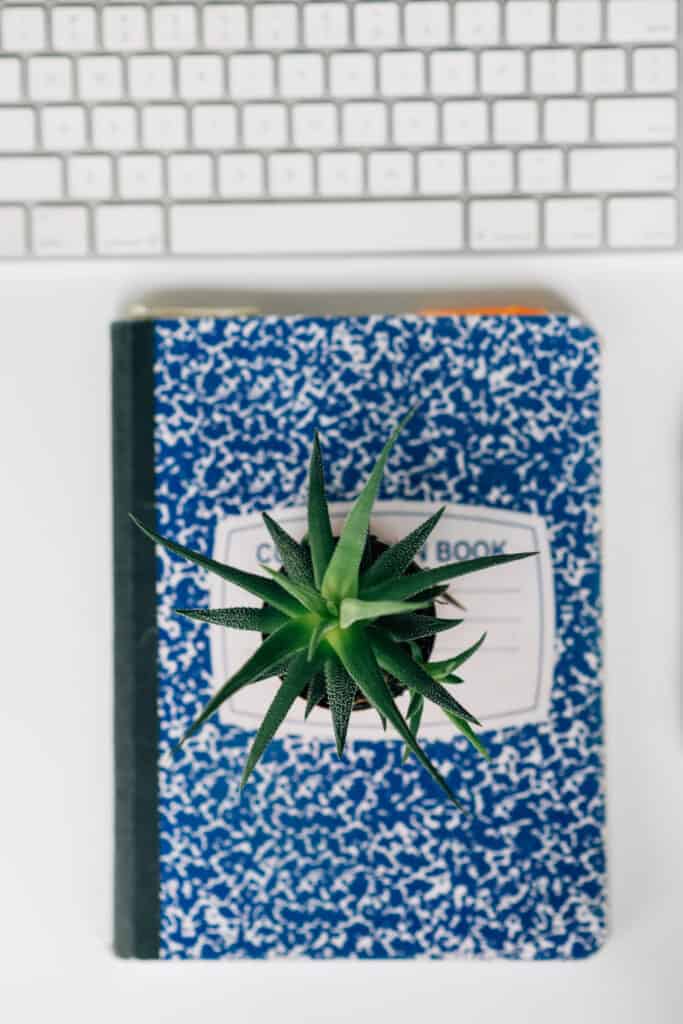
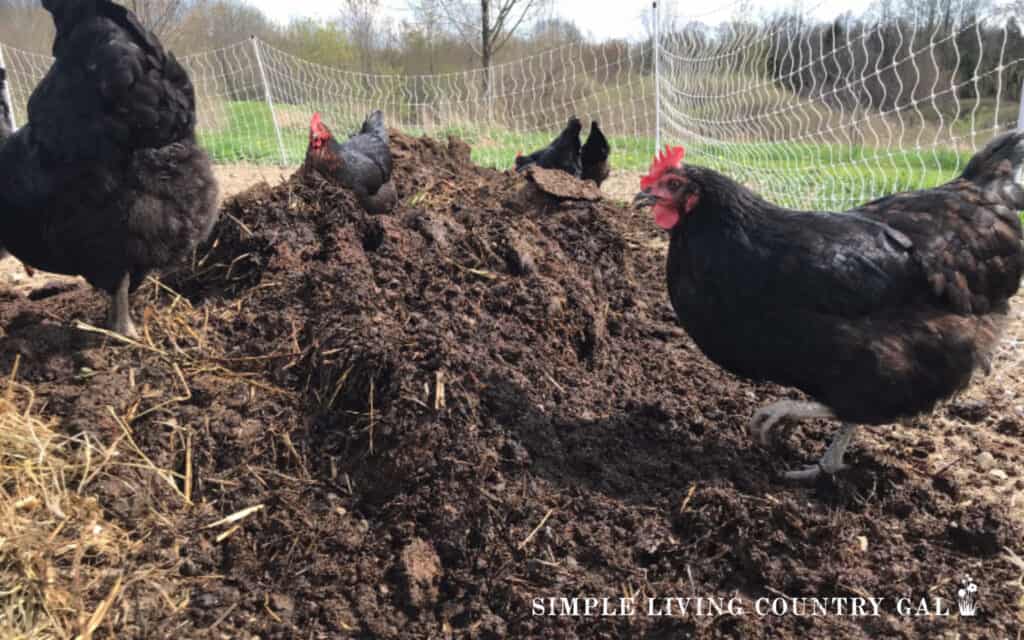
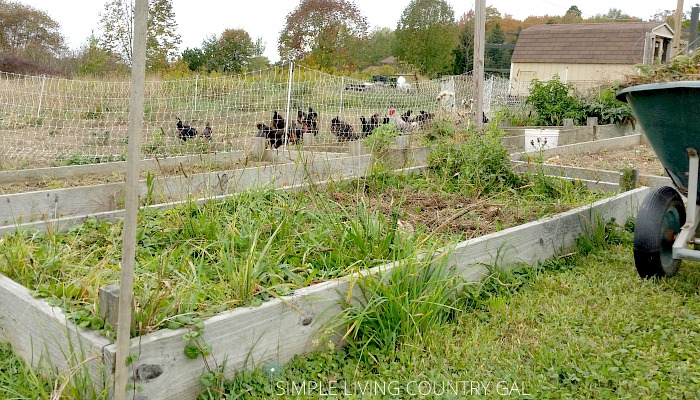
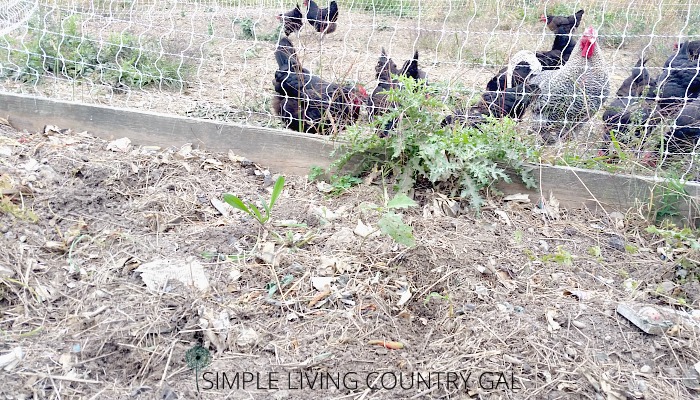
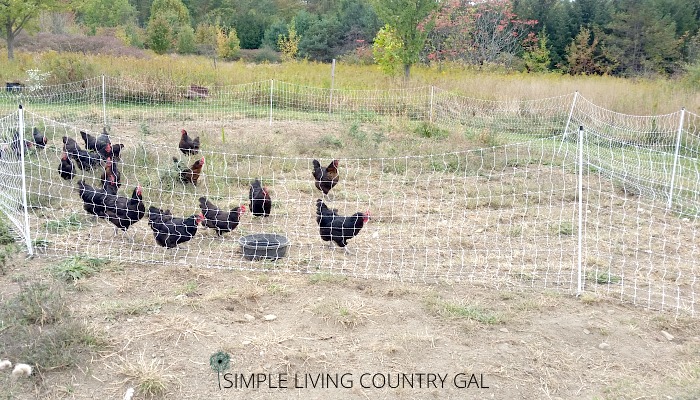
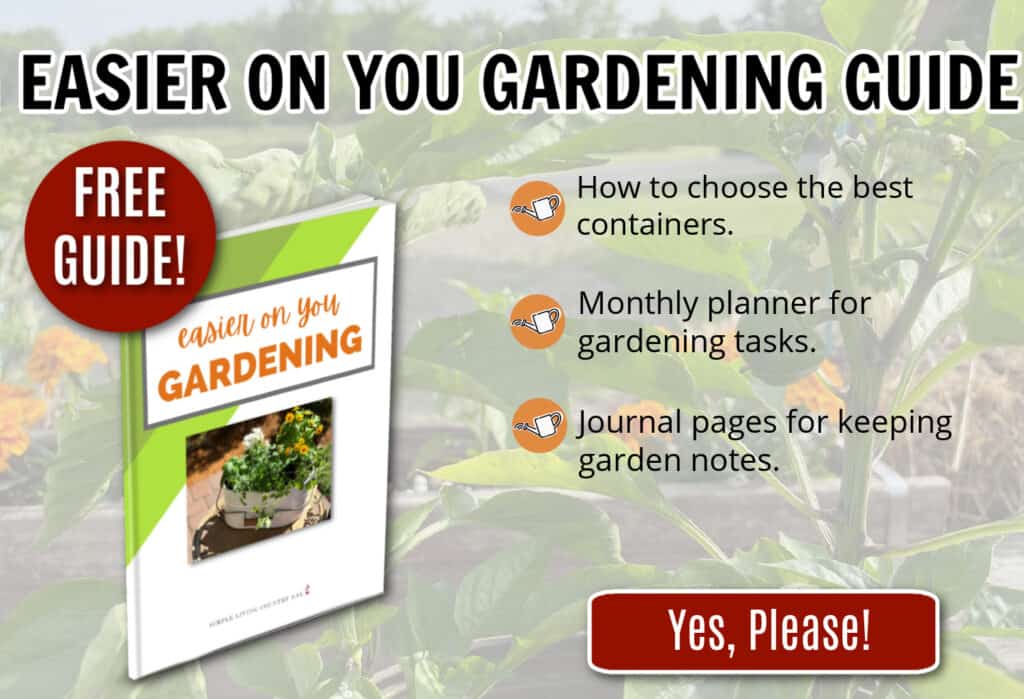
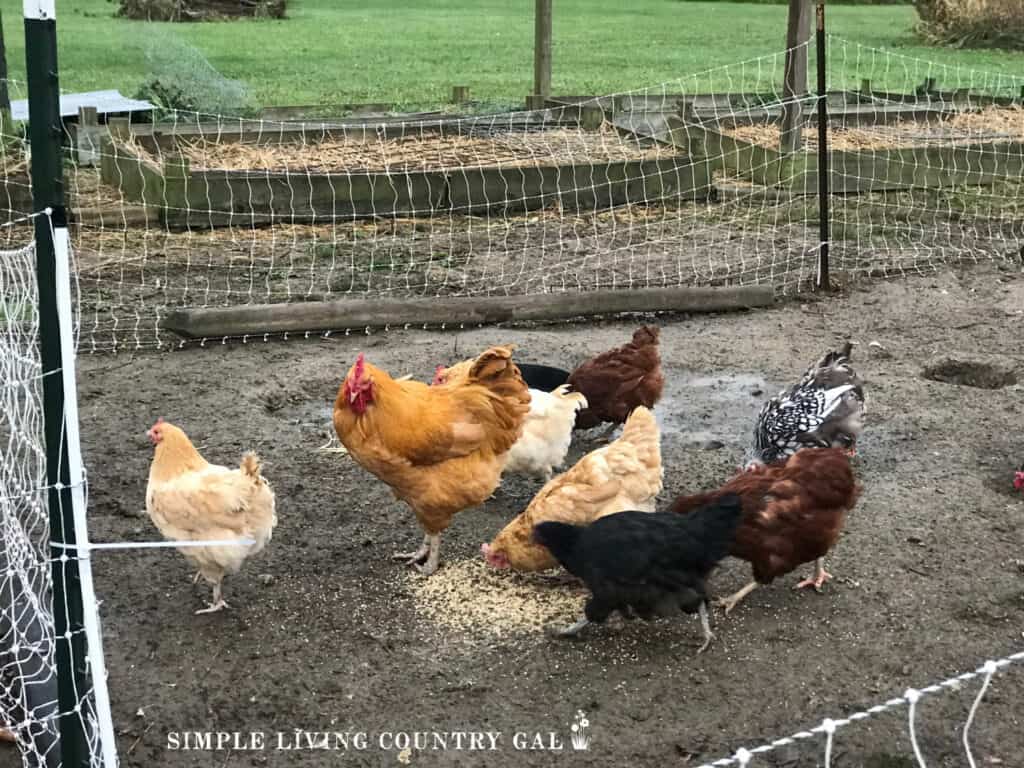
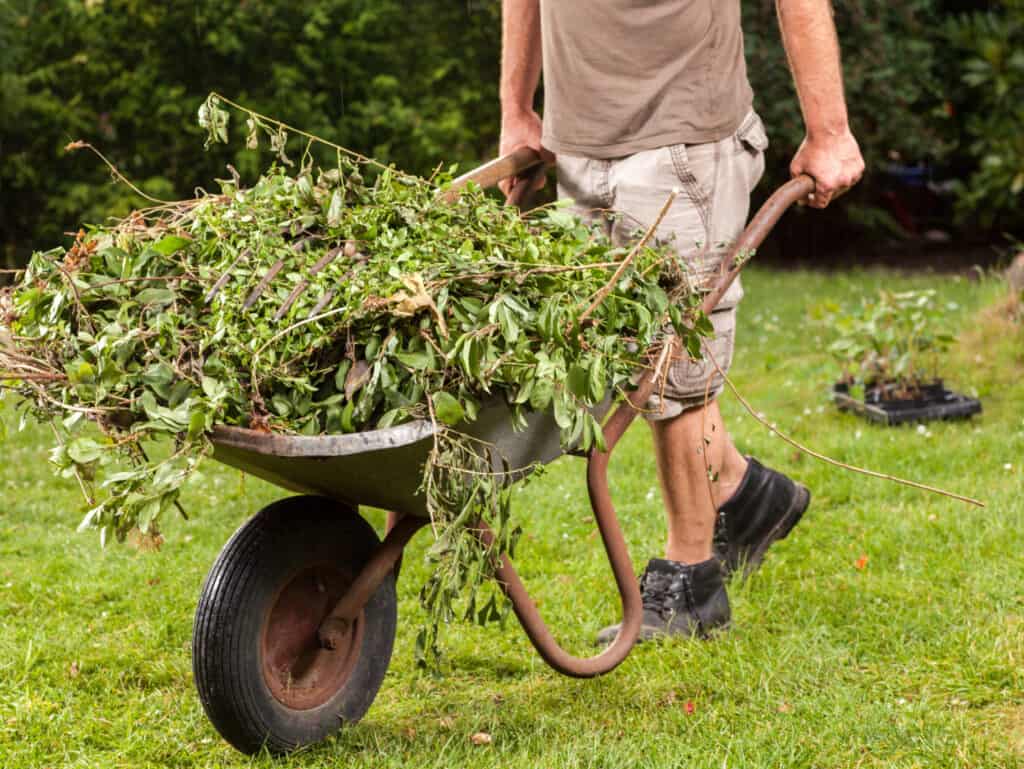
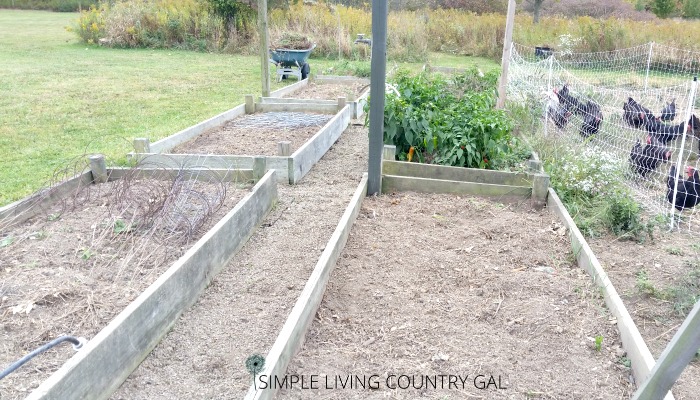


I think I’ve always known it was wise to tend the garden in the fall and prep it for winter and next year, but reading through your post really makes it clear WHY it is so important! Thanks so much for sharing all these tips.
Hi, Linda!
Thanks for stopping by!
Tracy Lynn
Oh this rings so close to home! We had a terrible time with horn worms and squash bugs! I’m hoping turning my chickens in the gardening spot will help with those little pesky things! The horn worms especially those suckers can eat a whole plant in a night! Thanks for the great read!
Hi, Virginia!
I had a horrible problem with horn worms a few years ago. I have since planted marigolds around my tomatoes and I have not had a problem since. You should try it out and see if it helps you!
Tracy Lynn